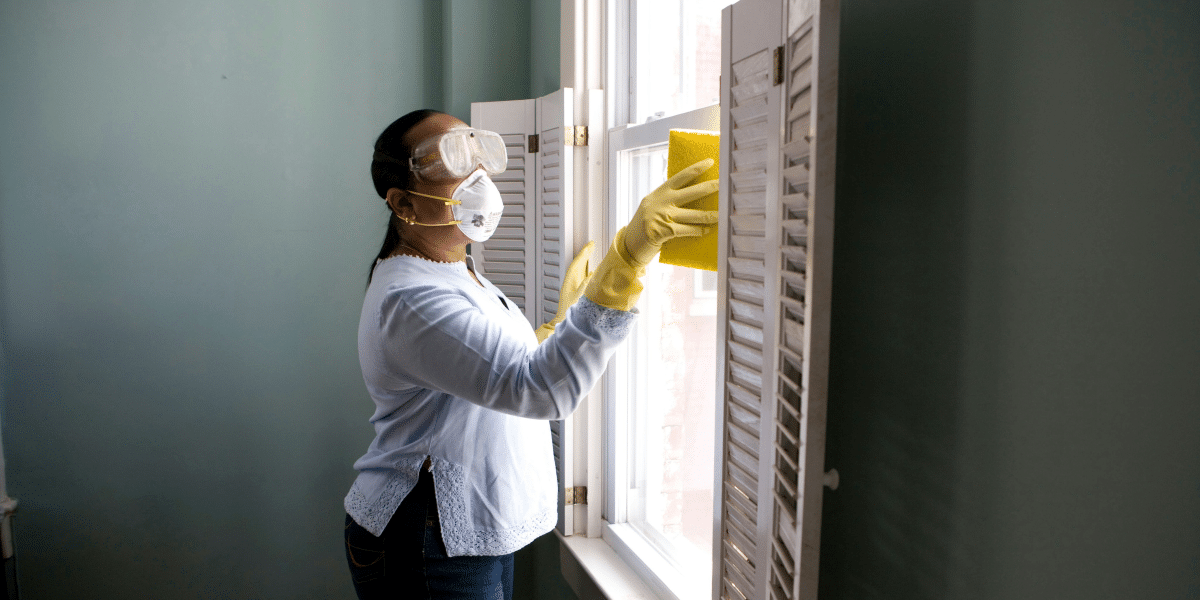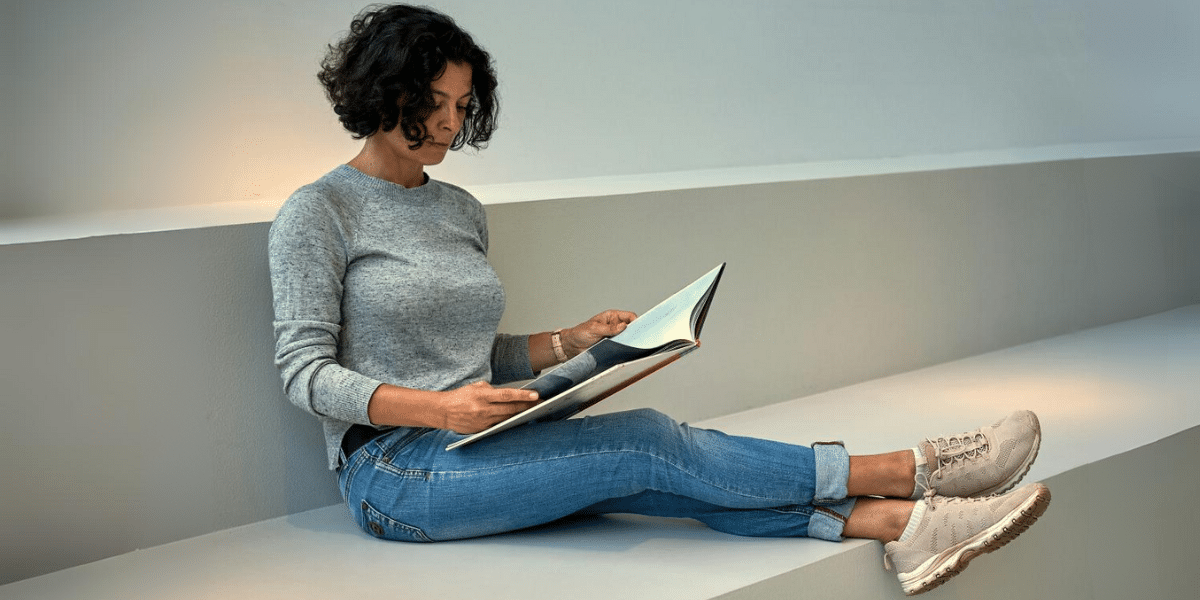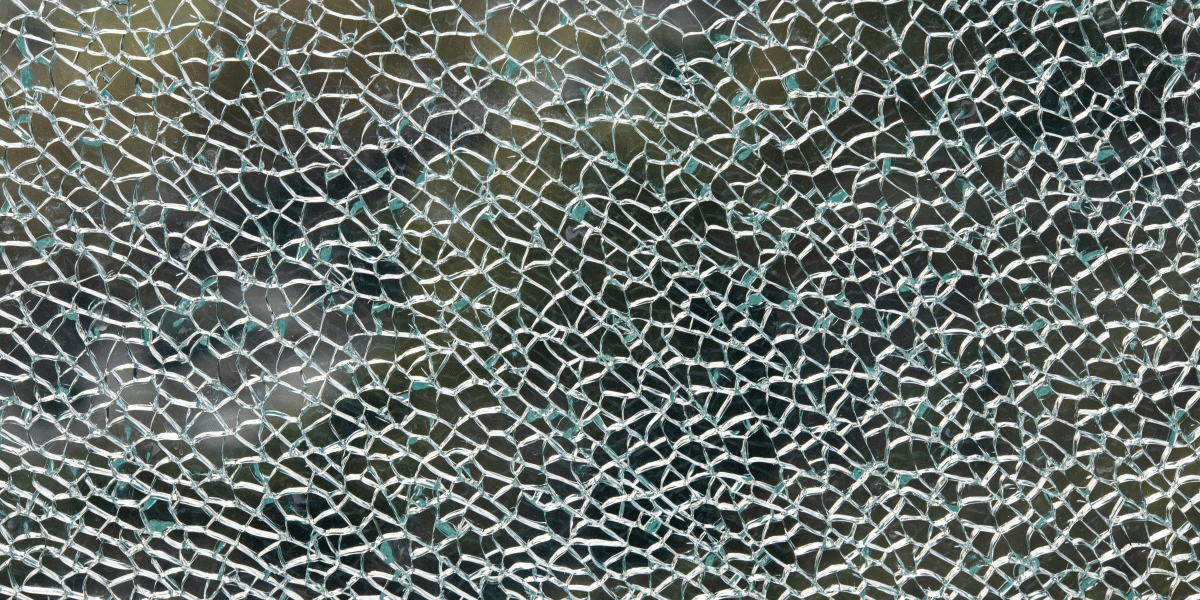Throwing Numbers – Jackson Pollock portrait
We had a chance to sit down with the 17-year-old art phenomenon to discuss his influences, views on philanthropy and how we need to use both sides of our brain to solve global issues.
Question: It has been written elsewhere that you were inspired to become an artist when you saw works by da Vinci, Rembrandt, and Jackson Pollock at major museums. Can you take us through what seeing these artists meant to you?
For each artist it was something a little different.
Because I have spent a lot of time working in the field of science and competing in science fairs da Vinci, was really an important early influence as he was such a strong contributor to the thinking in both the areas of art and science. He was really the quintessential Renaissance thinker. I remember studying a lot of his detailed anatomy work and comparing it to the medical texts of my parents and seeing how accurate his work was.
For Rembrandt, I love the way that he uses and thinks about light. I am very lucky because our city of Kingston has one of the largest Rembrandt collections in the country and I feel that the dramatic nature of his work is based on the interplay between light and the dark silhouettes that he worked with.
And for Pollock, I like his practical nature and the way he approached painting in a more rugged way and movement-oriented way. I really had a chance to explore Pollock’s thinking when I created the painting Throwing Numbers. The piece actually centered around the number 1.72. I did this because scientists looked at Pollock’s work, using a mathematical principle called factoral analysis and showed that the patterns were highly repeatable (1.72 score) and not random at all.
Question: You have experienced a consistent rise over the past few years. Tell us a bit more about selling your work for the first time in a venue with more established artists?
I guess it started when I was 12 and was showing my work at Toronto’s Artist Project.
I remember a lovely woman came up to me and said that she saw me on TV earlier that morning. She said that she decided to come to the show to meet me and look at my work. While the show was in Toronto, she was in town visiting from LA. She bought my Bob Dylan portrait. I didn’t realize it at the time, but she was a serious collector and she has some great works, including a Picasso and other prominent artists. So for me, it was an honour, and validating to know that my work was going to someone who really appreciates art.
Drive Carefully Me – a portrait of Paul Newman
Question: I know that science has been influential in your work. Can you please expand on this some more?
Firstly, my scientific research is the actual subject matter of some of my paintings. For instance, I am working on a new 2050 series in which I am reimagining various landscapes if we are to embrace some important core principles aimed at lowering greenhouse gas emissions. This is an area that I have been researching for a few years. For those who may not know, cows frequently belch as food moves back and forth between their multi-lobed stomach or rumen. But this process ferments their food and releases a very high concentration of methane gas which has a ten-fold impact on the environment as compared to carbon dioxide. My research showed that the introduction of an enzyme derived from an anaerobic bacteria into a simulated cow rumen can lower methane production by 70%. The core research and methodology is depicted on the backside of the paintings in this series, while the front side features silhouettes of cows roaming the landscape.
Secondly, I have really grown up spending most of my time in the outdoors. I have been an alpine ski racer spending most of my winters on the snow, and sailing and surfing in lake Ontario during the summers. Sadly, these activities – mostly skiing – will likely come to an end with global warming. I showcase some of these great spaces in my landscapes as they may soon become relics of past time.
Also conceptually, I fundamentally believe that global challenges like climate change and pandemic management will require us to think at the intersection of both art and science. A solution should be rooted in science, but to move people it has to appeal to their heart and emotions. This position is the central thesis which I am promoting with RBLB (Right Brain Left Brain) Fashion.
Question: You are now launching the CovART Challenge. Can you tell me about your hope with the project and your thinking on philanthropy?
I think that we all have a responsibility to help others. I have been exceptionally lucky by growing up in Canada and being exposed to the great outdoors. Unlike people in many other places in the world, we have an excellent infrastructure of clean water and air, education and nutrition.
What I learned during the pandemic is that while the prevalence of COVID was lower in Africa, to get there many families had to stop working. This meant that kids could no longer go to school Additionally it has dramatically affected their food supply. Together these are resulting in the potential for a “lost generation” of students.
What I decided to do was create a challenge whereby I would auction off a couple of pieces of my work to my collector base and challenge other artists to do the same. I am incredibly humbled to have 20 outstanding artists who have agreed to join me to help in this cause. Our target is to fund 250,000 meals for kids in Kenya – a country where my grandmother was born and raised.
To launch the challenge, I will be auctioned off Drive Carefully Me – which is a portrait of Paul Newman which tells the story of his Daytona Rolex watch that raised millions of dollars for charity. I will be concluding the two-week challenge with my 46664 painting which is a layered piece telling the story of Nelson Mandela’s life.
Sharma with 46664 – his portrait of Nelson Mandela
Question: As you continue to expand your careers in art and fashion, who would you like to collaborate with in the future? Do you have a dream project in mind?
The concept of collaborations is really an interesting one. The CovART Challenge has really been an incredible opportunity to meet with other artists and curators to discuss ideas. I have also recently done a collab with Shopify where an original piece will be used for T-shirts through their platform.
Moving forward there are a number of designers that I really like. Because of my interest in skiing, one of my layers has always been Patagonia. I also read a book about their company and really like their corporate culture and leadership. I know that they typically don’t collaborate with others, but if they’re open to it that would be awesome!
Also, I really like technical things and love watches, so if a major watchmaker like Jacob, AP or Richard Mille called, let’s just say I would be more than happy to take it.










